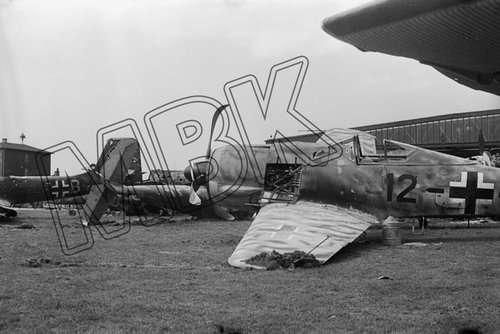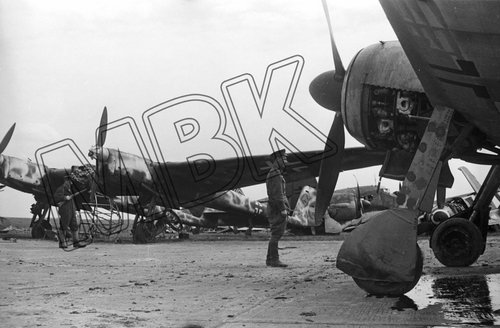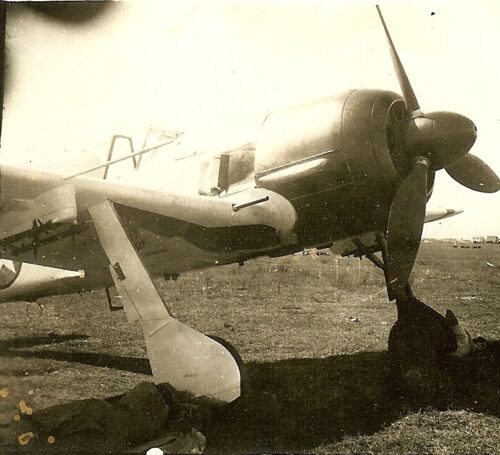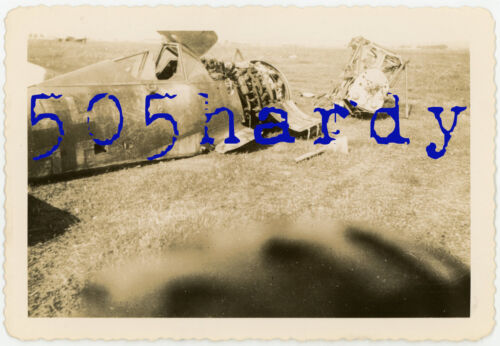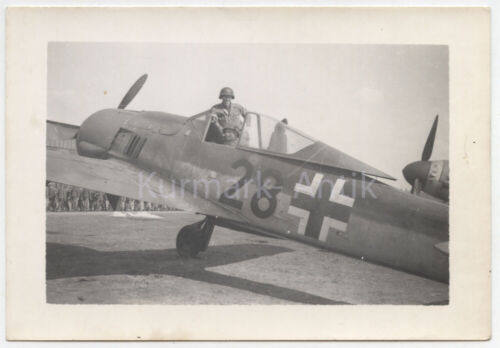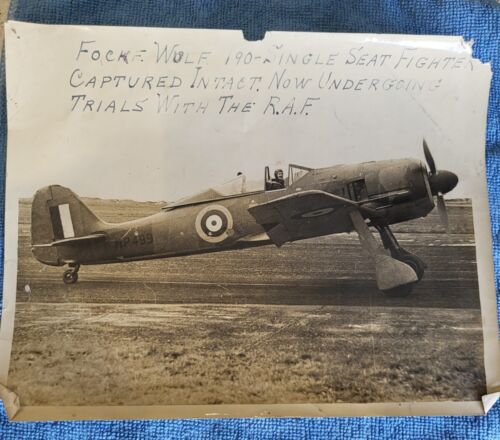- Thread starter
- #401
Snautzer01
Marshal
- 46,292
- Mar 26, 2007

*WWII German FOCKE-WULF FW 190 Original Photo 3" x 4" | eBay
Find many great new & used options and get the best deals for *WWII German FOCKE-WULF FW 190 Original Photo 3" x 4" at the best online prices at eBay! Free shipping for many products!
www.ebay.com
As an eBay Associate we earn from qualifying purchases.

